- Home
- About Us
- K-12
- STEAM
- Robotics and Coding for schools
- Arduino Education
- Future Science Lab Setup
- AR & VR
- Design & Technology Lab
- Digital Ecosystems
- Makerspace
- After-School STEM Programs
- Engineering
- Core Engineering Labs
- Futuristic Engineering Lab Solutions
- Industry 4.0
- AI Lab
- IoT Lab
- Advanced Manufacturing Technology Lab
- Autonomous vehicles (Land & Arial)
- Block chain Training
- Virtual & Remote lab
- Biomechatronics
- PC Oscilloscopes
- Robotics Lab setup
- FAB Lab
- Renewable Energy Lab
- STEM Net
- Training
- Media
- Workshops
- Contact
Soaring To New Heights
Preparing Students For Aeronautical Excellence
With Wind Tunnel 125
As the aviation industry continues to evolve and expand, there is a growing demand for skilled professionals who can drive innovation, design cutting-edge aircraft and ensure their safe and efficient operation.
At EdNex LLC, we understand the importance of providing hands-on training to our students. By equipping students with the practical aspects of aerospace engineering, we not only empower them with the knowledge and skills necessary for a successful career but also open up a world of opportunities within the aviation industry.
All our aviation teaching equipment is designed to meet the requirements of part 66 of the European Aviation Safety Agency syllabus, which is the gold standard for training aviation engineers.
For the study of aerodynamics, Wind Tunnel 125 by Matrix Technology Solutions Ltd. Is the ideal equipment. It is a compact open circuit sub-sonic training equipment specifically designed for benchtop use. This state-of-the-art tool serves as a gateway to the exploration of aerodynamic principles and fluid flow, crucial areas of study in aerospace engineering. By incorporating this advanced technology into your curriculum, you can provide students with a unique opportunity to develop practical skills that are highly sought after in the aviation industry.
Wind Tunnel 125 features a computer-controlled fan, data acquisition capabilities and a user-friendly touch screen interface. With its transparent test section, measuring 125mm, and a wind speed of 25m/s, students can gain a clear understanding of the experimental behaviour, enabling them to analyse and optimise aircraft design.
The honeycomb structure integrated into the contraction nozzle ensures uniform flow through the test section, mimicking real-world aerodynamic conditions. This attention to detail prepares students for the practical challenges they may encounter in their future careers.
Furthermore, the wind tunnel comes equipped with a built-in data acquisition system, enabling students to obtain real-time pressure readings, log lift and drag force components, and even design their own test pieces for analysis. The inclusion of a smoke generator allows for visualising flow patterns, enhancing students’ understanding of fluid dynamics.
Key Features
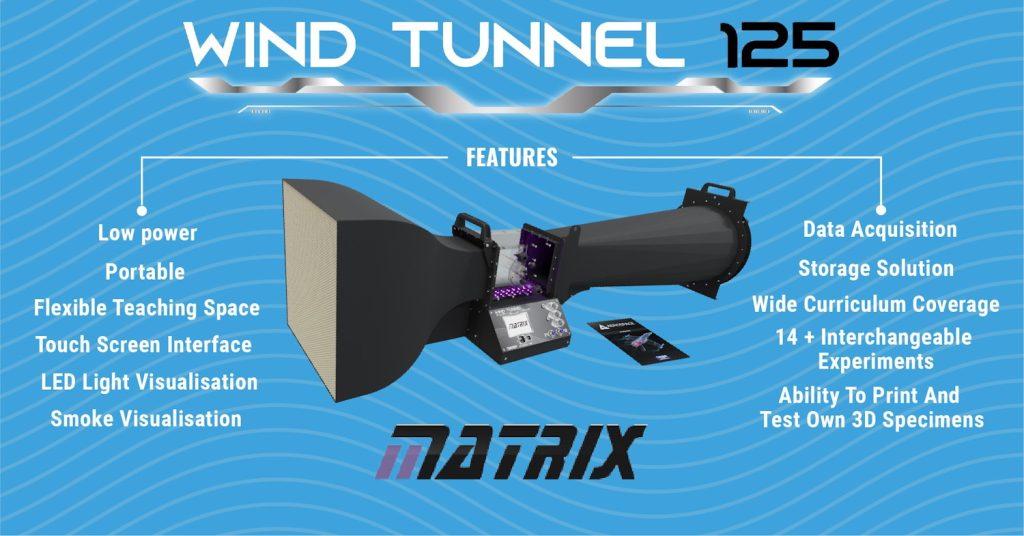
Experiments
More than 14 experiments are included with the Wind Tunnel. Along with the following, students will be able to 3D print endless variations by creating a shape and adding a simple M3 thread, which then attaches directly to the 2-force component unit for testing.
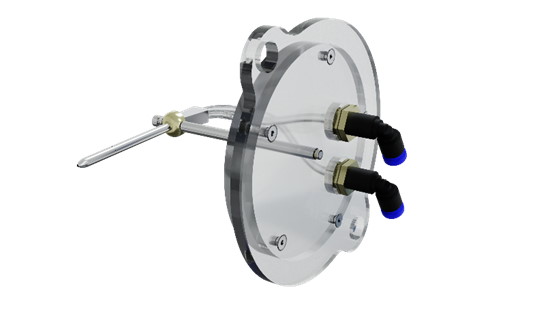
Pilot Static Tube

6 Drag Shape Specimens
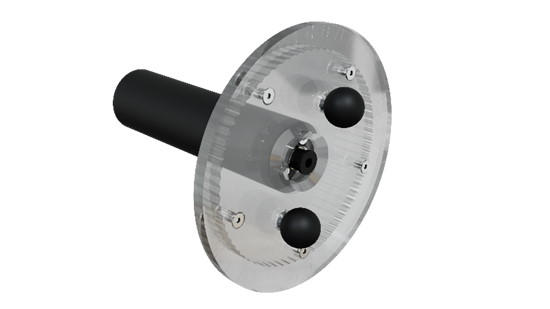
Pressure Tapped Cylinder
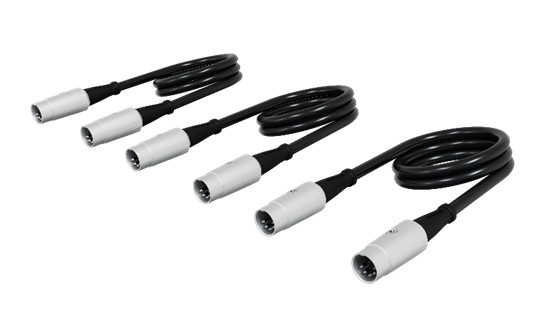
3 Data Acquisition Cables
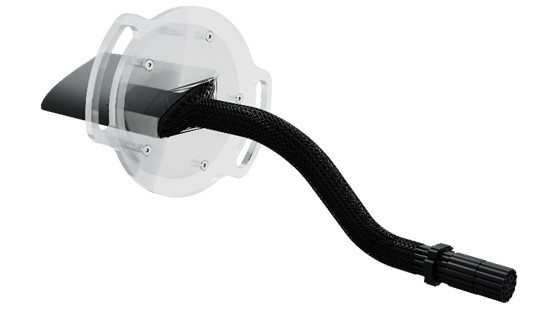
Pressure Tapped Aerofoil

3 Aerofoil Shapes

2 Component Force With Attached Numerical Contril Angle
Curriculum
- Bernoulli’s equation
- Air flow over aerofoils
- Air flows around blunt and streamlined shapes
- Pressure distribution around a cylinder and aerofoil.
- Lift and drag forces for blunt and streamlined shapes
- Flow visualisation
- Manometers